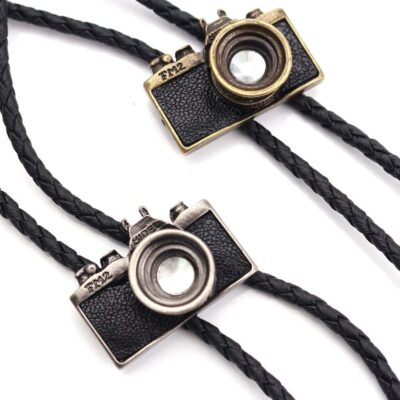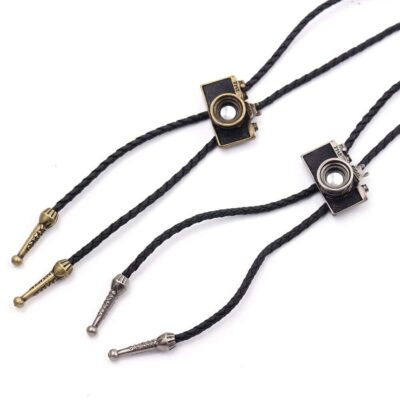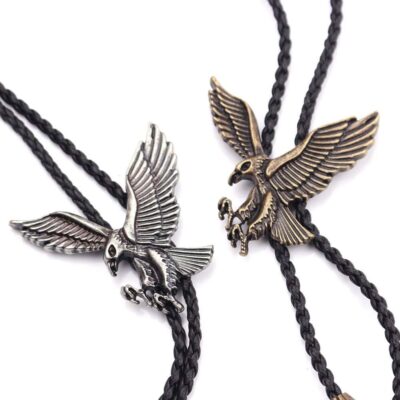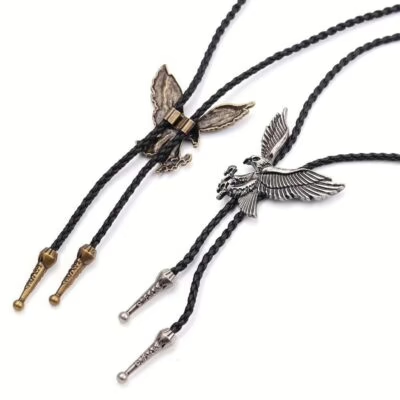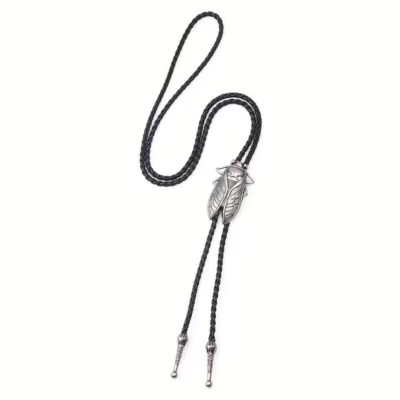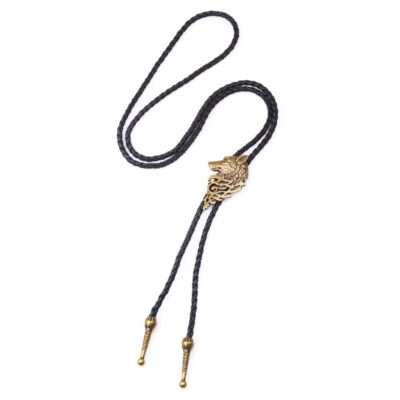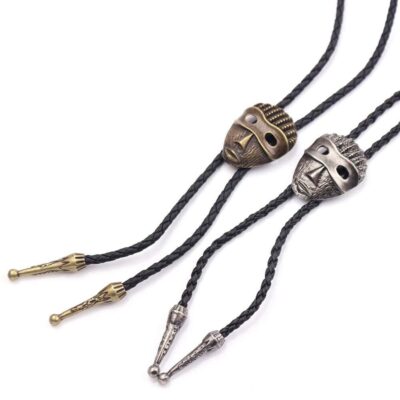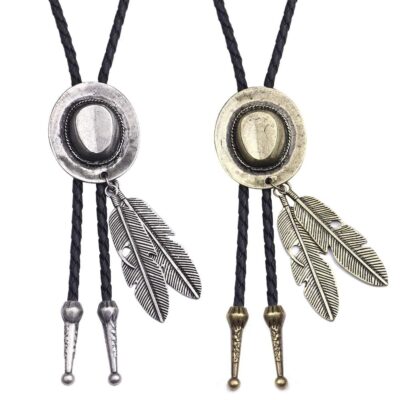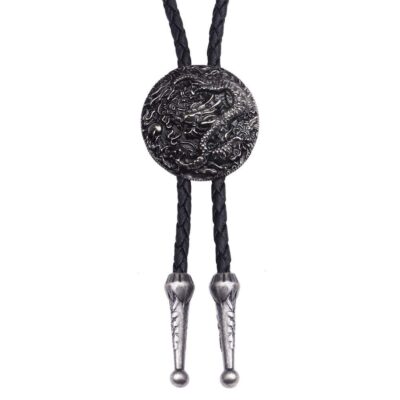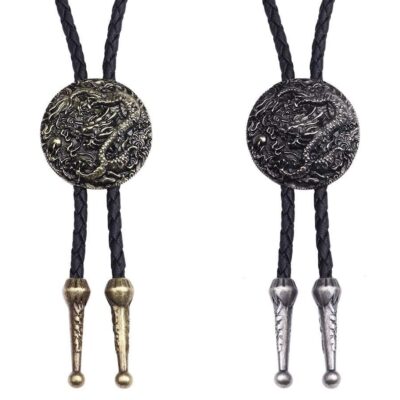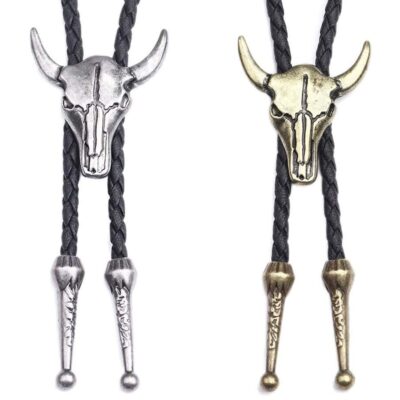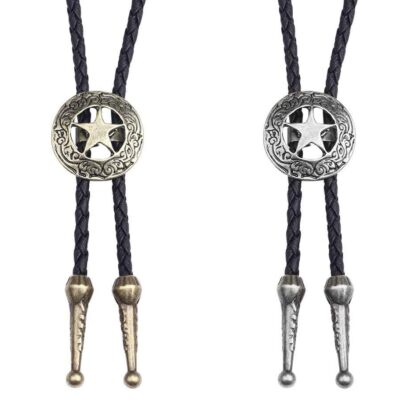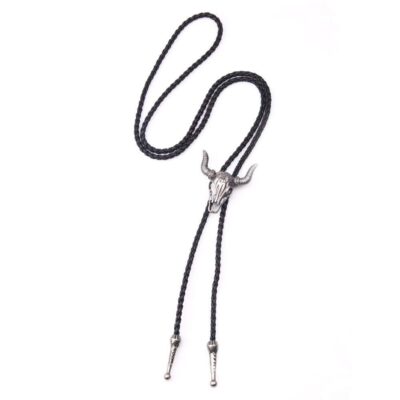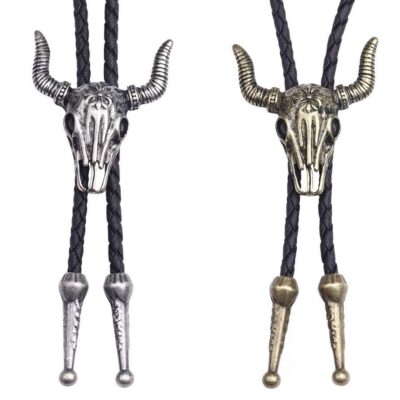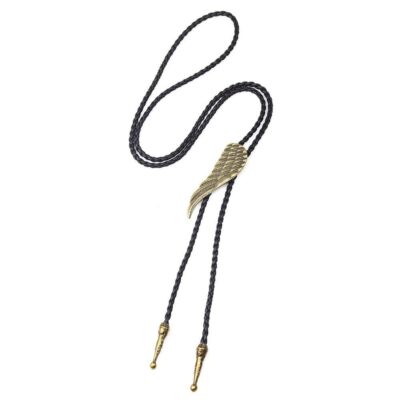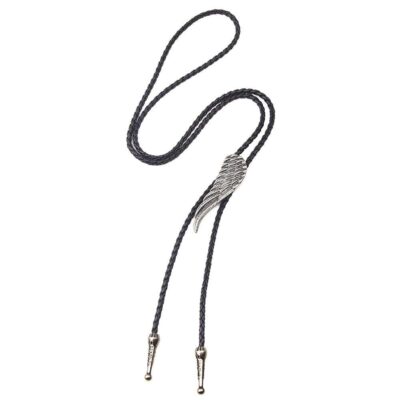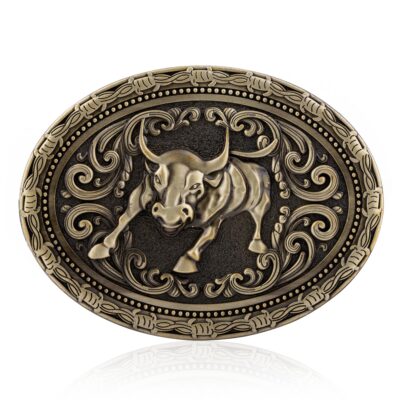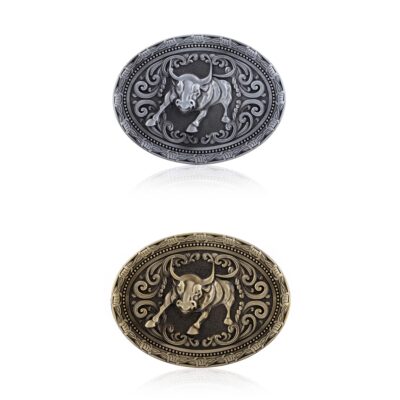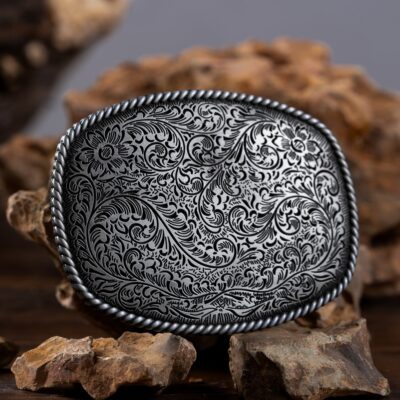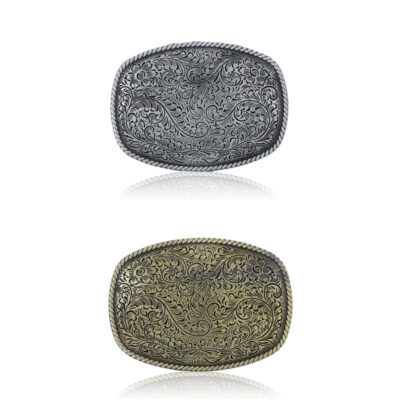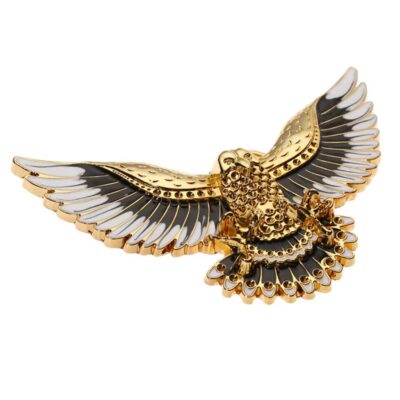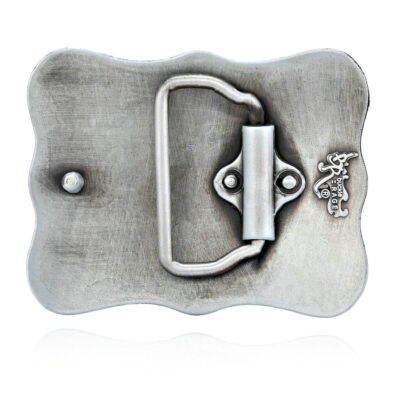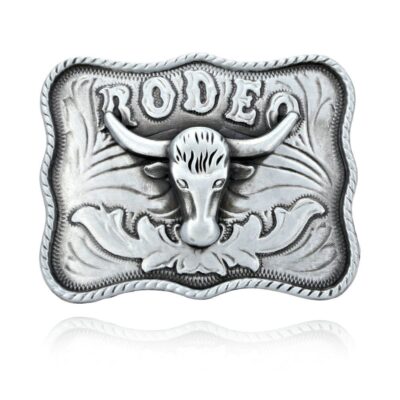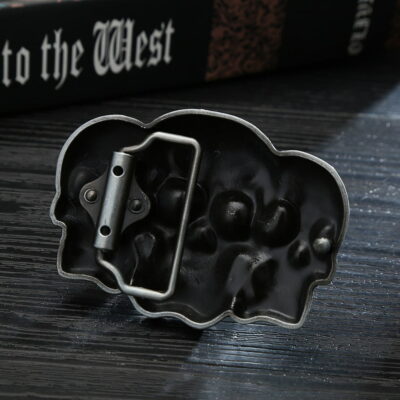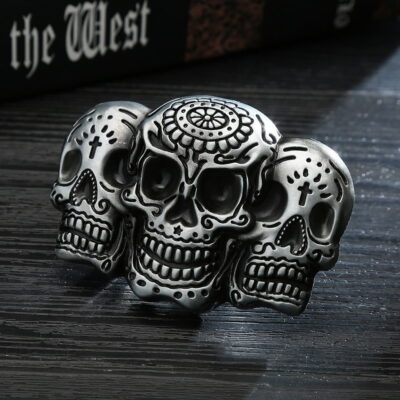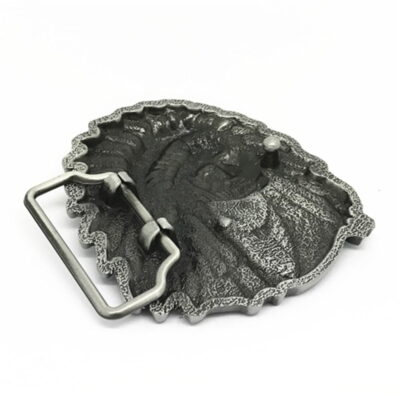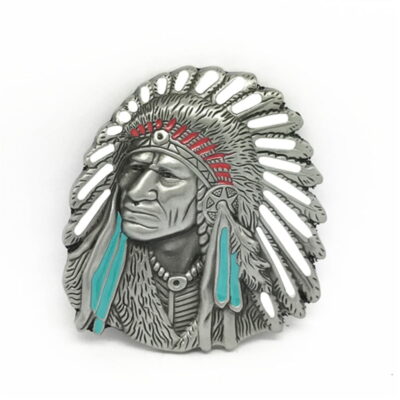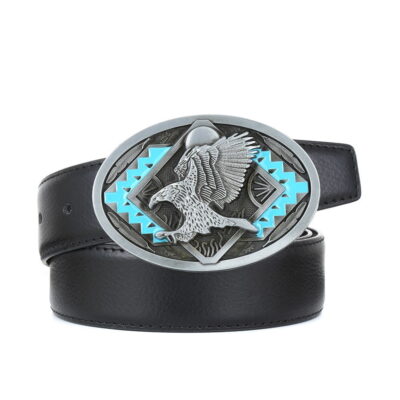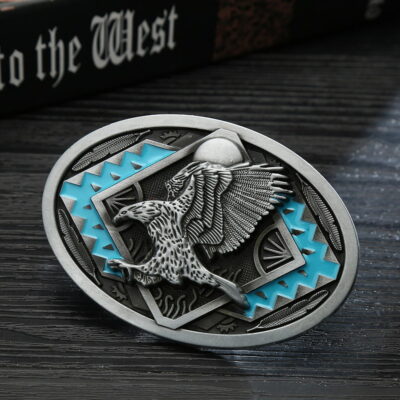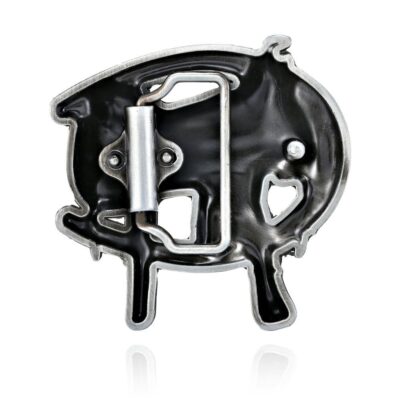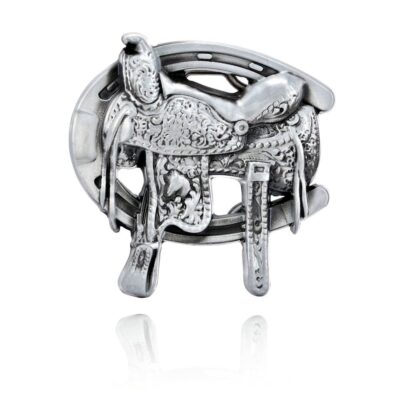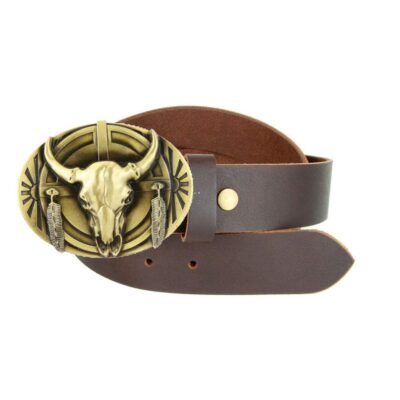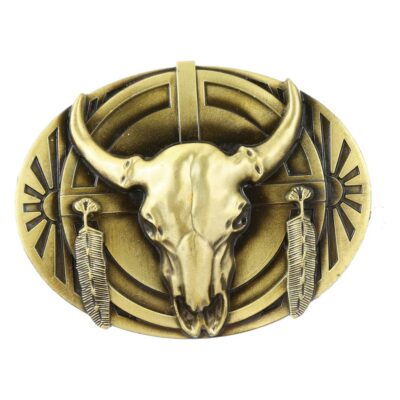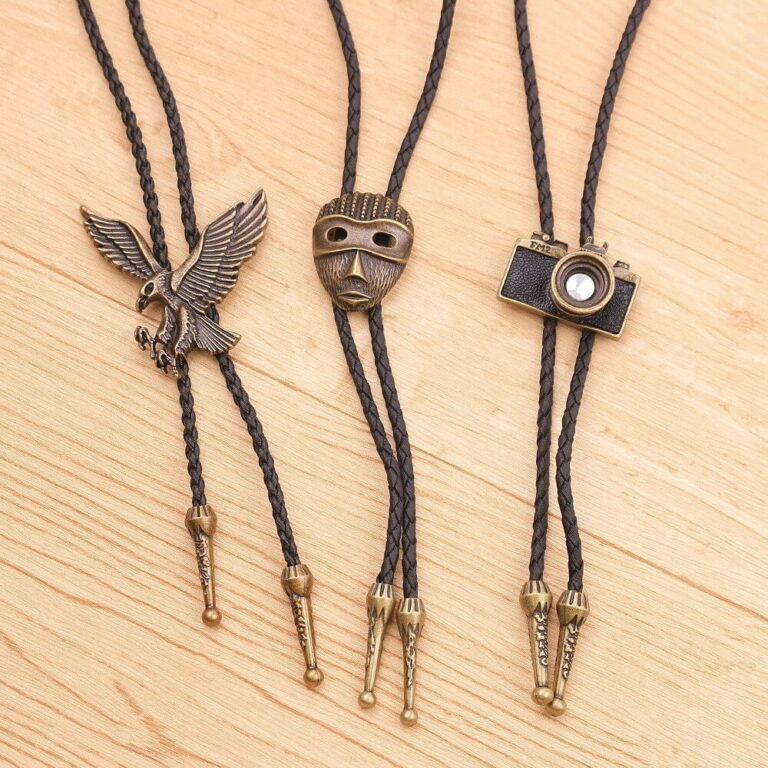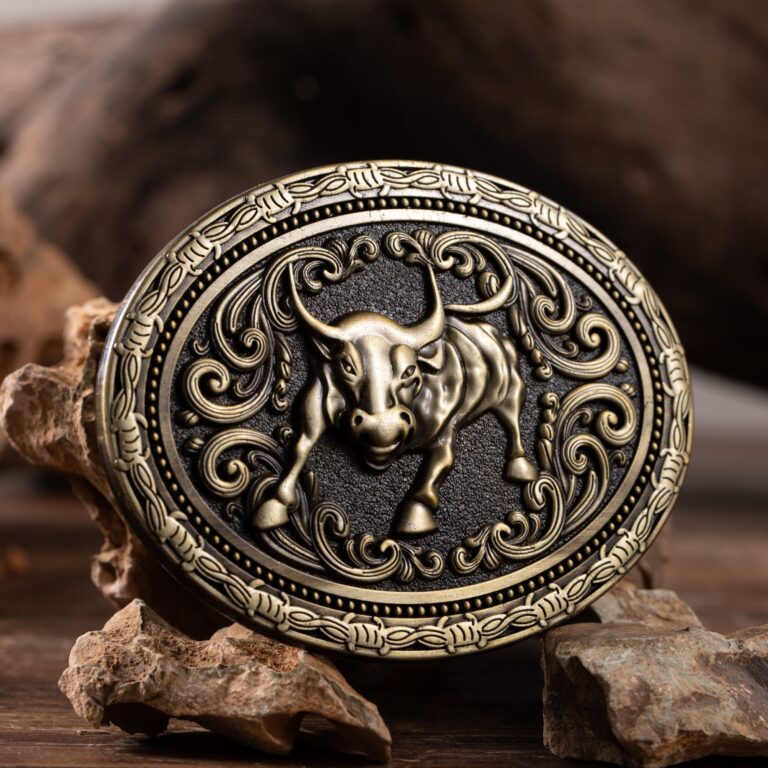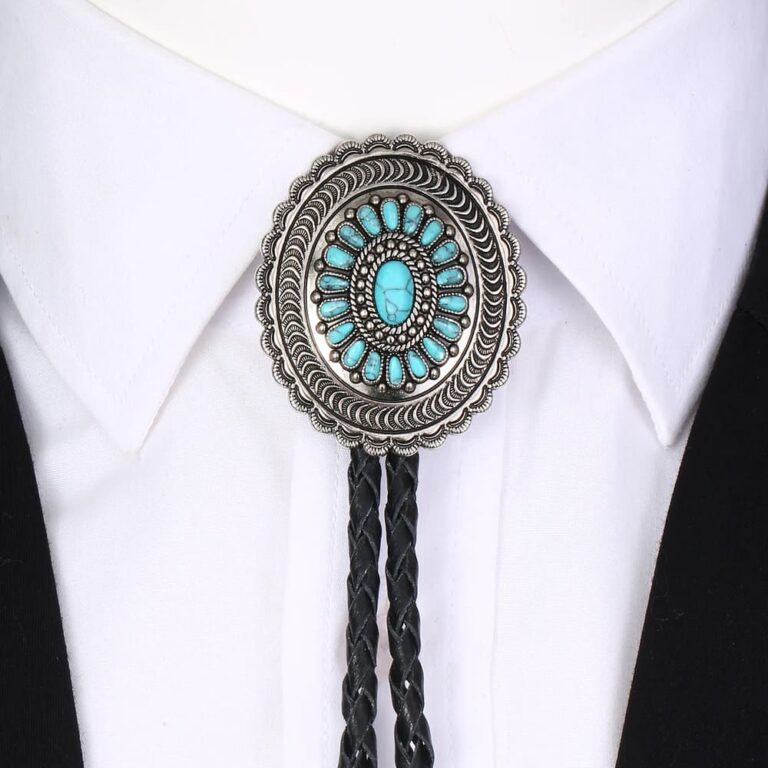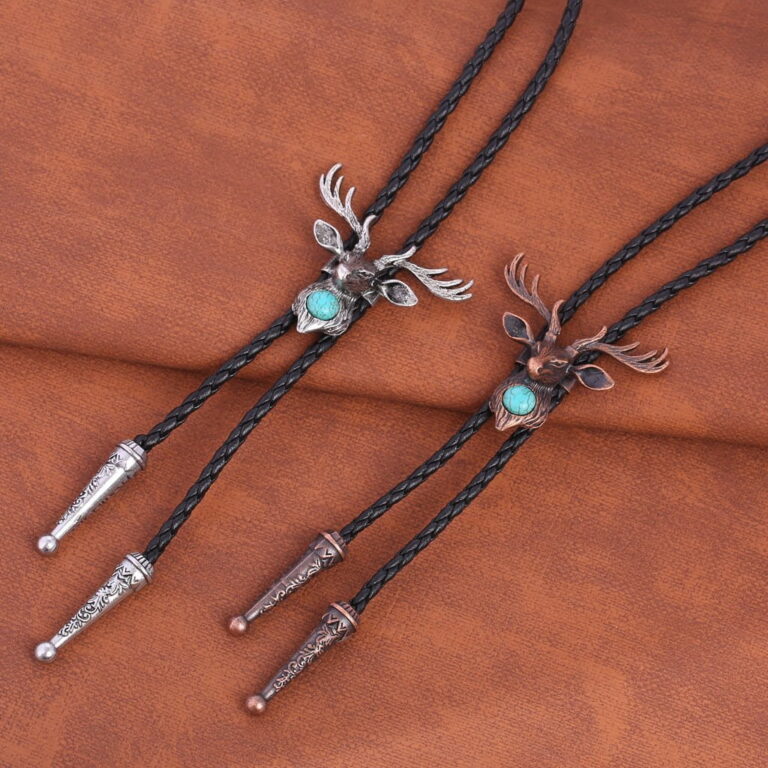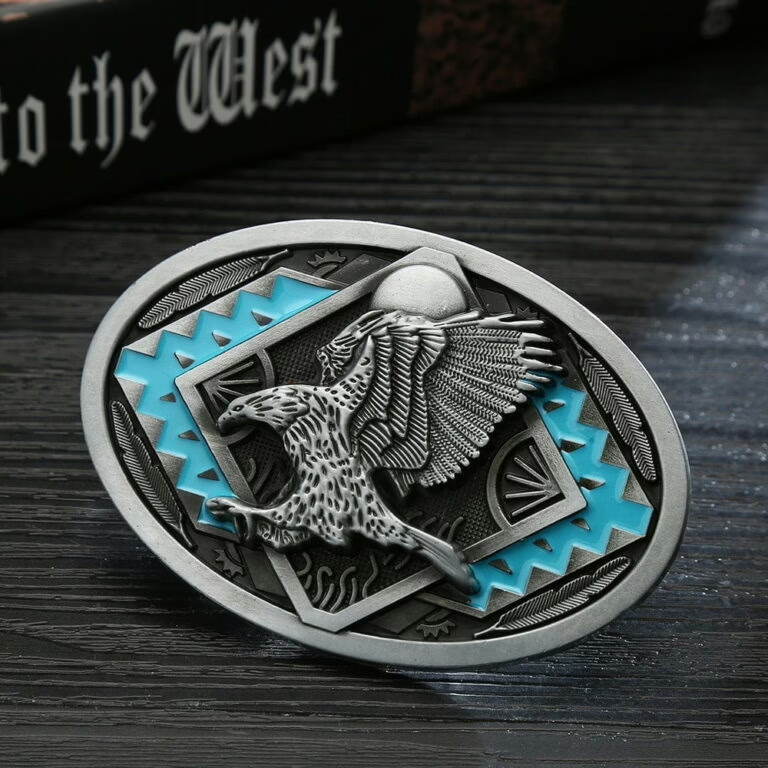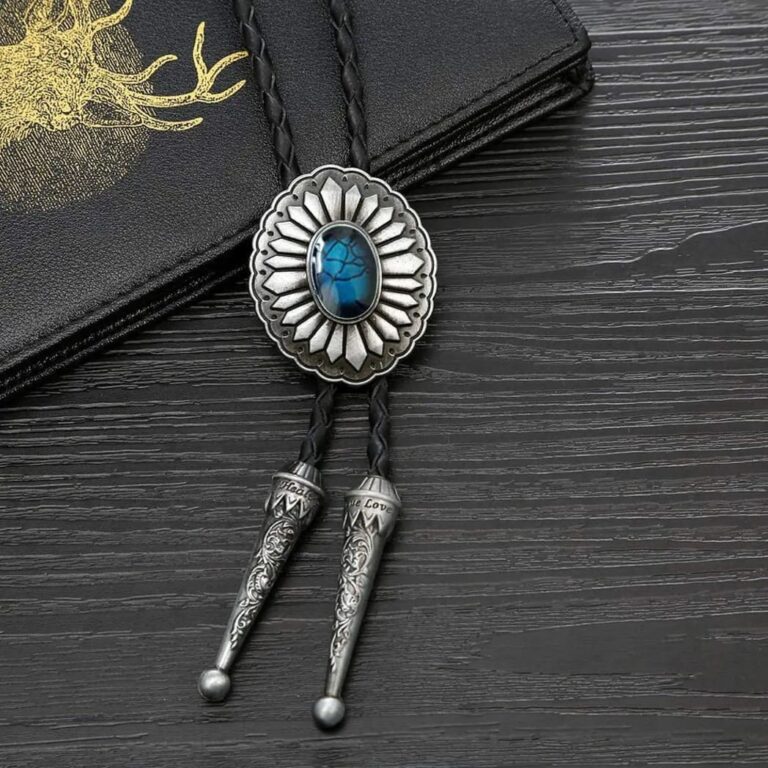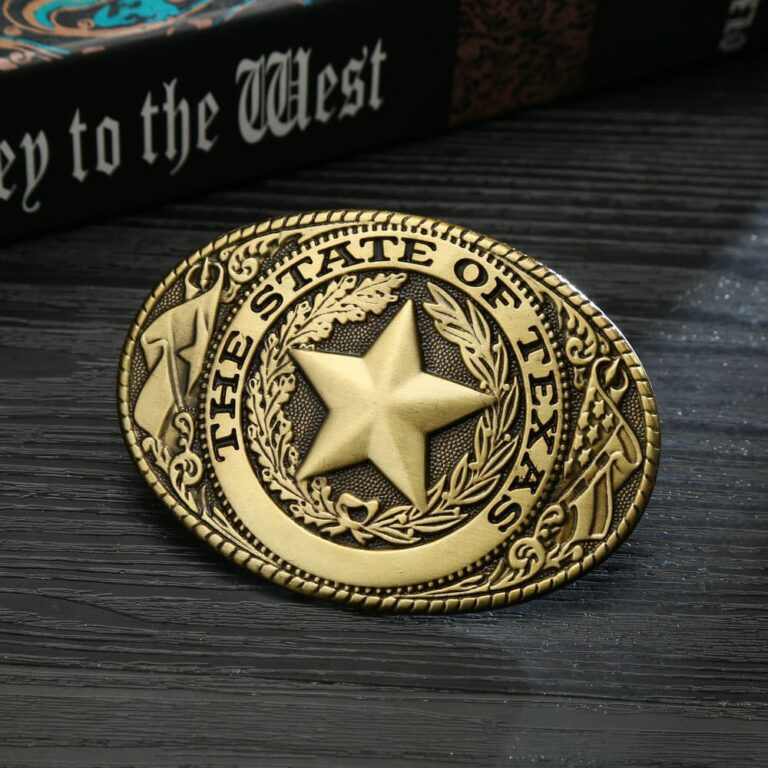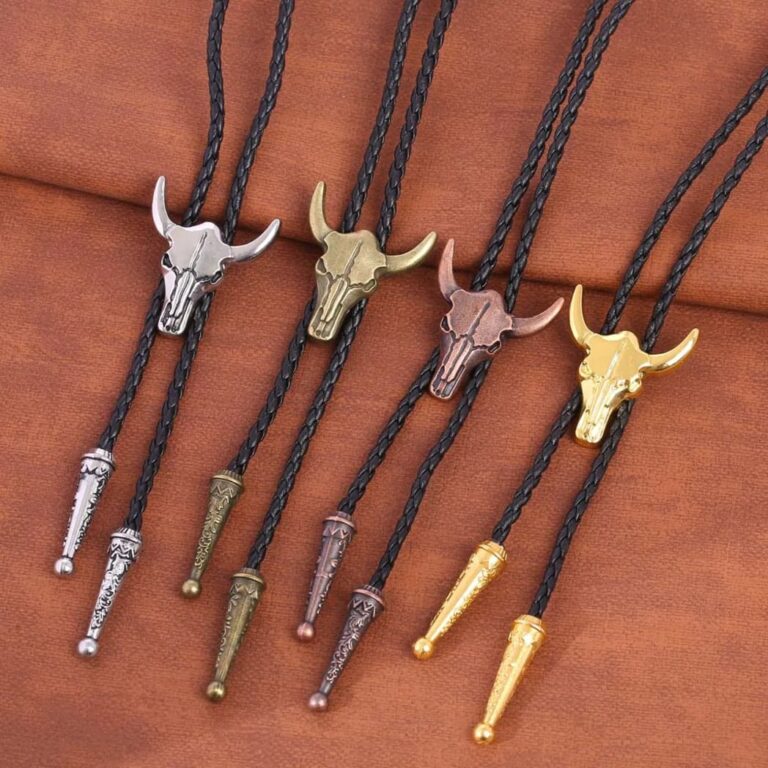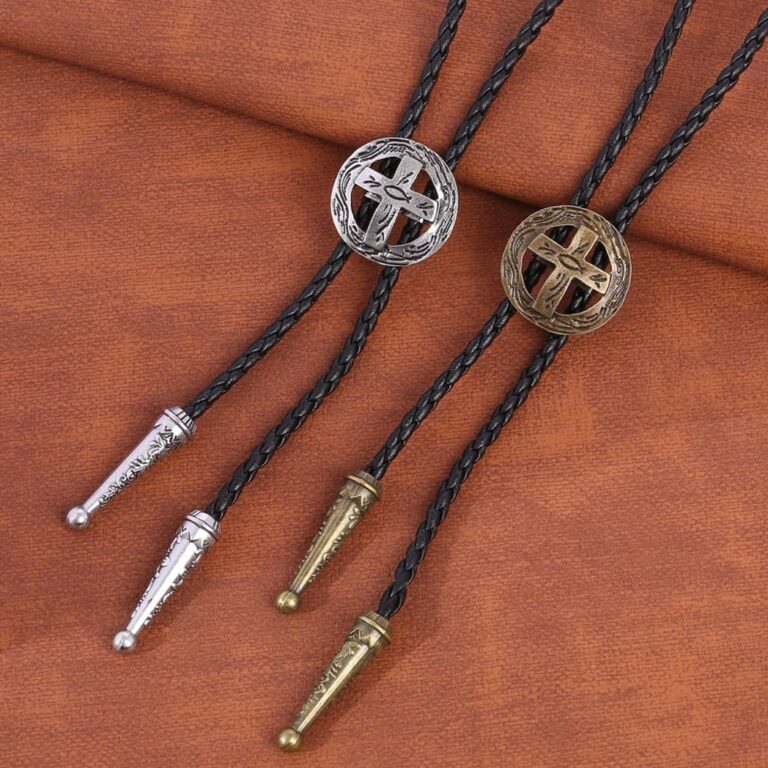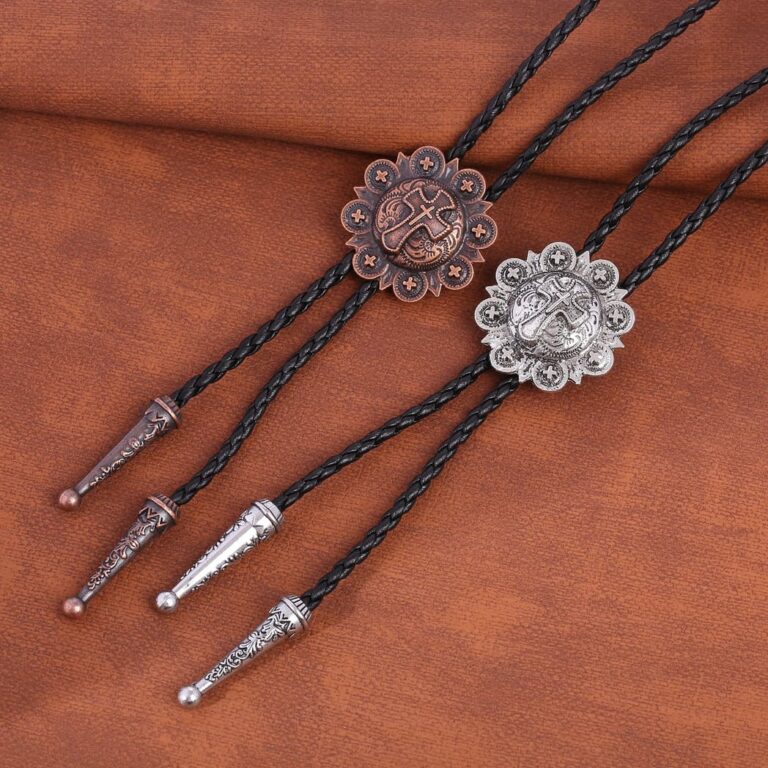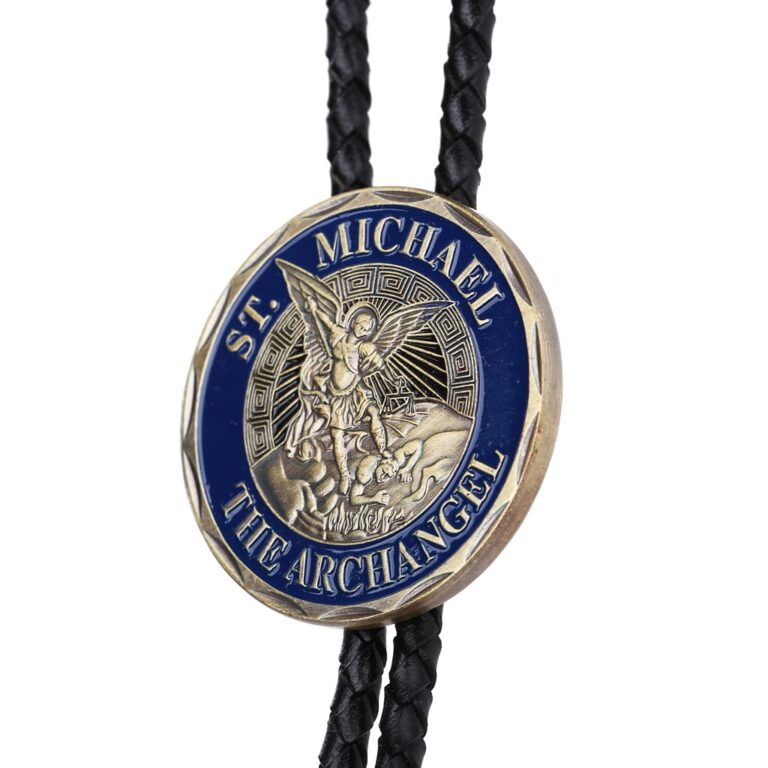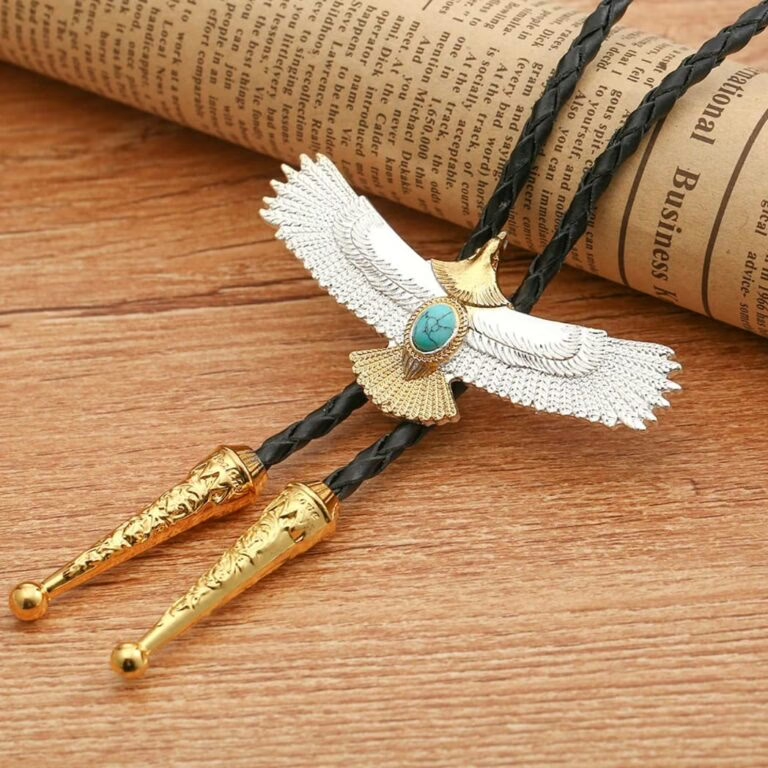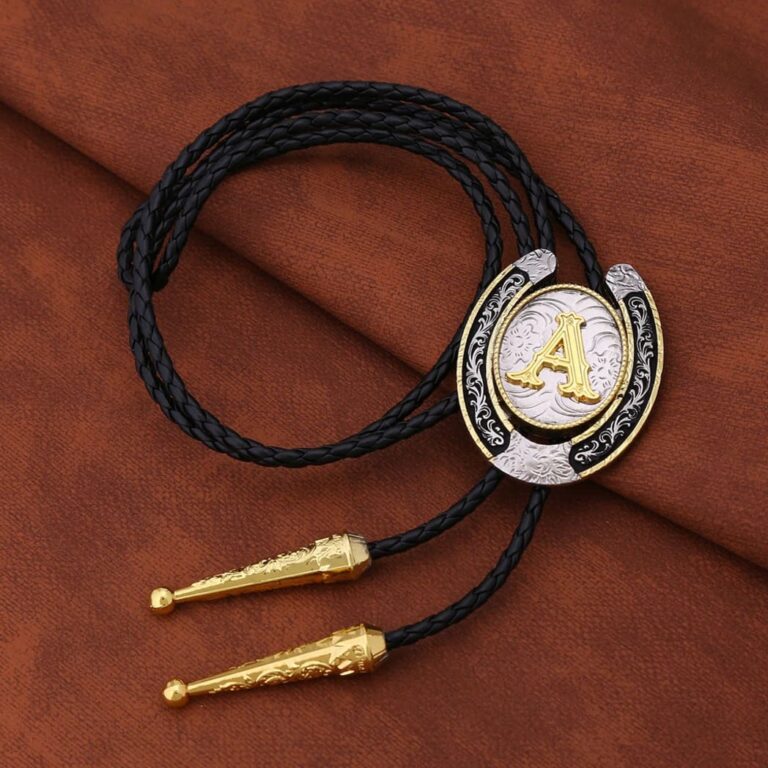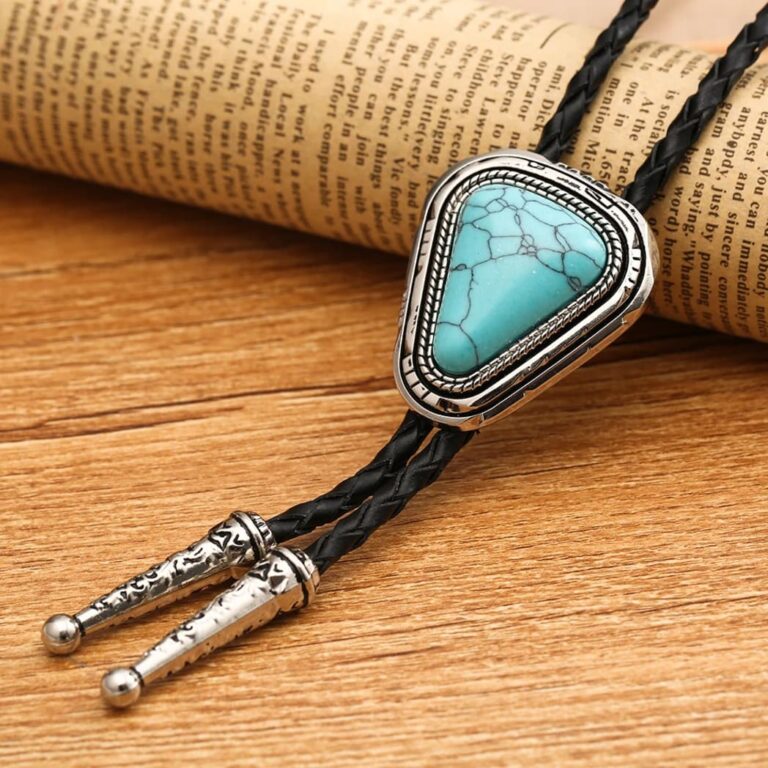The Symbolic Power of Bolo Ties in Literary Works
Bolo ties, those distinctive neckpieces that have become synonymous with Western style, have found their way into the pages of literature, leaving an indelible mark on the literary landscape. These unique accessories, also known as bola ties, have transcended their role as mere fashion statements to become powerful symbols in books spanning various genres and eras. In this comprehensive exploration, we’ll delve into the fascinating world of bolo ties in literature, examining their significance, evolution, and impact on storytelling.
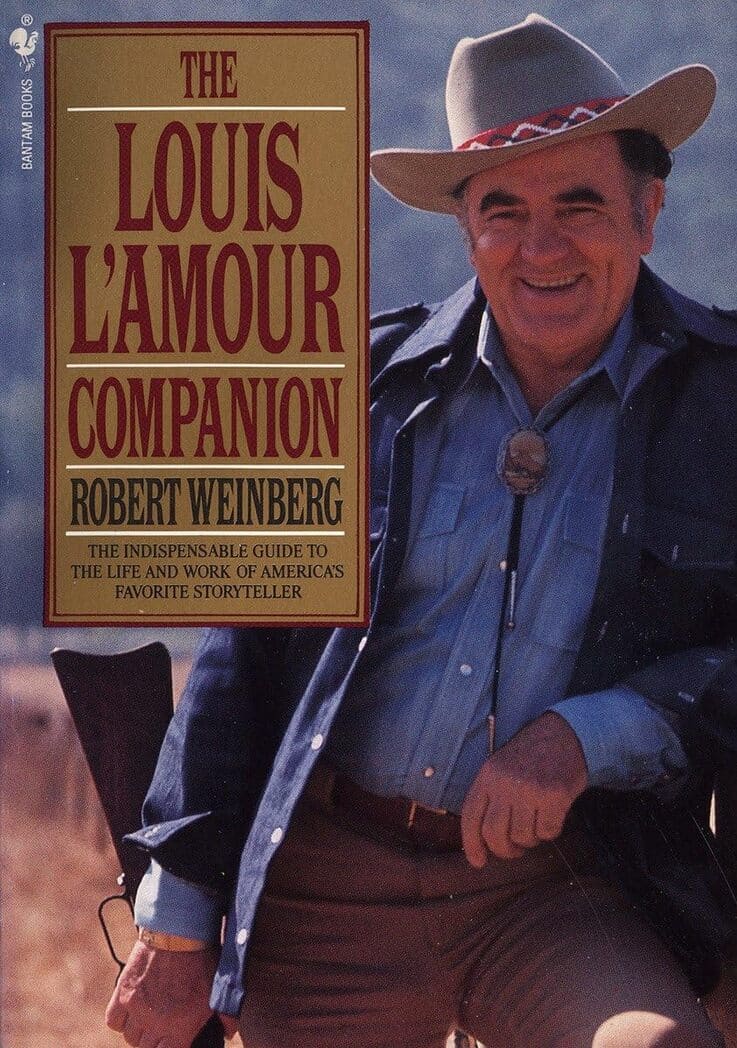
The Origins of Bolo Ties in Western Literature
The bolo tie’s journey in literature began much like its real-world counterpart – in the heart of the American West. As an iconic piece of Western wear, it’s no surprise that bolo ties first made their literary debut in Western novels and cowboy tales.
Zane Grey and the Early Western Novel
Renowned Western author Zane Grey was among the first to incorporate bolo ties into his vivid descriptions of cowboy attire. In his novels set in the late 19th and early 20th centuries, Grey often described characters adorned with what he called “silver slide neckties” – an early term for bolo ties. These descriptions not only added authenticity to his characters but also helped cement the bolo tie’s place in the popular imagination of the Old West.
Louis L’Amour’s Cowboy Heroes
Another giant of Western literature, Louis L’Amour, frequently featured bolo ties in his works. L’Amour’s characters, from rugged cowboys to sophisticated cattle barons, often sported bolo ties as a symbol of their Western heritage and individualism. In novels like “Hondo” and “The Sackett Brand,” bolo ties serve as subtle indicators of a character’s background and personality.
Bolo Ties as Symbols of Identity and Heritage
As literature evolved, so did the symbolic meaning of bolo ties within narratives. Authors began using these distinctive accessories to convey deeper themes related to identity, heritage, and cultural belonging.
Native American Representation
Native American bolo ties have played a significant role in literature focusing on Indigenous experiences. Authors like N. Scott Momaday and Leslie Marmon Silko have used bolo ties in their works to symbolize the complex interplay between traditional Native cultures and modern American society. In these contexts, bolo ties often represent a character’s connection to their ancestral roots or their navigation of multiple cultural identities.
Southwestern Gothic and Magical Realism
In the realm of Southwestern Gothic and magical realism, authors like Cormac McCarthy and Ana Castillo have incorporated bolo ties into their narratives as talismanic objects. These bolo ties often possess mystical qualities or serve as conduits for supernatural events, blending the mundane with the magical in distinctly Southwestern settings.
Bolo Ties in Contemporary Fiction
As we move into more recent literary works, bolo ties continue to make appearances, often serving as powerful narrative devices or character-defining accessories.
Mystery and Crime Novels
In the world of mystery and crime fiction, bolo ties have found a niche as distinctive identifiers for characters. Authors like Tony Hillerman, known for his Navajo Tribal Police mystery series, frequently use bolo ties to add depth to character descriptions and provide cultural context. These accessories can serve as clues, red herrings, or even murder weapons in cleverly plotted mysteries.
Literary Fiction and Character Development
Contemporary literary fiction has also embraced the bolo tie as a tool for character development. In works by authors like Annie Proulx and Larry McMurtry, bolo ties often symbolize a character’s connection to a fading way of life or their struggle to reconcile traditional values with a changing world. The presence or absence of a bolo tie can speak volumes about a character’s journey and personal growth.
Bolo Ties in Non-Fiction and Memoirs
It’s not just fiction where bolo ties make their mark. Non-fiction works and memoirs, particularly those centered on Western or Southwestern themes, often feature bolo ties as part of the cultural landscape they describe.
Historical Accounts and Biographies
Biographies of notable figures from the American West, such as politicians, artists, and musicians, frequently mention bolo ties as part of their subjects’ signature looks. These accounts help to contextualize the bolo tie’s role in shaping public personas and regional identities.
Cultural Essays and Travelogues
Essays and travelogues exploring the American Southwest often touch upon bolo ties as emblematic of the region’s unique blend of cultures. Writers like Edward Abbey and Terry Tempest Williams have referenced bolo ties in their works, using them as entry points to discuss broader themes of cultural preservation, environmental stewardship, and the evolving nature of Western identity.
The Craftsmanship Behind Literary Bolo Ties
Just as real-world bolo ties showcase a wide range of designs and materials, their literary counterparts are described with equal diversity and attention to detail. Authors often use the craftsmanship of a character’s bolo tie to convey information about their background, status, or personal tastes.
Gemstones and Precious Metals
Many literary bolo ties feature descriptions of intricate metalwork and precious gemstones. Turquoise bolo ties, in particular, are frequently mentioned in works set in the Southwest, often symbolizing a character’s connection to the land or Indigenous heritage. Similarly, bolo ties adorned with other gemstones like coral, onyx, or lapis lazuli can provide insights into a character’s travels, experiences, or cultural affiliations.
Animal Motifs and Natural Themes
Animal bolo ties featuring motifs like eagles, horses, or buffalo are common in Western literature, often representing a character’s profession, spiritual beliefs, or connection to the natural world. These detailed descriptions not only add visual richness to the narrative but also serve as metaphors for characters’ personalities or story themes.
Religious and Spiritual Symbolism
Religious bolo ties, such as those featuring crosses or other spiritual symbols, appear in literature as markers of a character’s faith or cultural background. Whether it’s a Christian bolo tie worn by a frontier preacher or a more esoteric design hinting at a character’s complex spiritual journey, these accessories often play a role in exploring themes of belief and identity.
Bolo Ties and Gender in Literature
While traditionally associated with masculine attire, bolo ties have also been used by authors to challenge gender norms and expectations.
Men’s Fashion and Masculinity
In many works, particularly those set in Western or rural contexts, bolo ties are integral to descriptions of men’s fashion. They often serve as symbols of rugged individualism, authority, or connection to tradition. Authors may use a character’s choice to wear or forego a bolo tie as a subtle commentary on their relationship with traditional notions of masculinity.
Women and Bolo Ties
Interestingly, some contemporary authors have begun featuring female characters who wear bolo ties, using this traditionally masculine accessory to make statements about gender roles and personal expression. In these contexts, women’s bolo ties can symbolize a character’s defiance of social norms, their professional authority, or their embrace of a particular cultural identity.
The Future of Bolo Ties in Literature
As literature continues to evolve, so too does the role of bolo ties within its pages. Contemporary authors are finding new ways to incorporate these iconic accessories into their narratives, often subverting traditional associations and exploring new symbolic territories.
Bolo Ties in Speculative Fiction
Science fiction and fantasy authors have begun to reimagine bolo ties in futuristic or alternate world settings. In these works, bolo ties might be transformed into high-tech communication devices, magical artifacts, or symbols of membership in secret societies. This creative repurposing of the bolo tie demonstrates its enduring power as a literary symbol capable of adapting to diverse narrative contexts.
Personalized Narratives and Family Heirlooms
In stories exploring themes of family history and personal identity, personalized bolo ties often play a significant role. These unique accessories, passed down through generations or custom-made to commemorate important events, serve as tangible links to a character’s past and cultural heritage. Authors use these personalized bolo ties to delve into themes of legacy, memory, and the ways in which objects can carry and transmit personal and familial narratives.
Q&A: Bolo Ties in Literature
To further explore the fascinating world of bolo ties in literature, let’s address some common questions:
Q: What was the first notable appearance of a bolo tie in literature?
A: While it’s difficult to pinpoint the exact first appearance, bolo ties (or their early equivalents) began appearing in Western novels of the early 20th century, with authors like Zane Grey among the first to describe them in detail.
Q: Are bolo ties only featured in Western-themed literature?
A: No, while they are most common in Western literature, bolo ties have appeared in various genres, including contemporary fiction, mystery, and even science fiction and fantasy.
Q: How do authors use bolo ties to develop characters?
A: Authors often use bolo ties to convey information about a character’s background, personality, or cultural identity. The style, material, and way a character wears their bolo tie can all provide insights into who they are.
Q: Are there any famous literary characters known for wearing bolo ties?
A: While there may not be characters as famous for their bolo ties as, say, Sherlock Holmes is for his deerstalker cap, many recurring characters in Western and Southwestern literature are described as bolo tie wearers. For example, Tony Hillerman’s detective Joe Leaphorn is often described wearing a bolo tie.
Q: How have depictions of bolo ties in literature changed over time?
A: Early depictions often focused on bolo ties as simple fashion accessories. Over time, they’ve evolved to become more complex symbols, representing everything from cultural identity to magical powers, depending on the genre and author’s intent.
Conclusion: The Enduring Literary Legacy of Bolo Ties
From their origins in Western novels to their appearances in contemporary fiction across genres, bolo ties have carved out a unique place in literature. These distinctive accessories have proven to be versatile symbols, capable of conveying complex ideas about identity, culture, and personal history.
As we’ve explored, bolo ties in literature are far more than mere fashion statements. They serve as powerful narrative tools, offering authors a way to add depth to their characters, evoke specific settings, and explore themes ranging from cultural preservation to the complexities of modern identity.
The literary journey of the bolo tie mirrors its real-world evolution, from a practical accessory born in the American West to a global symbol of individuality and style. As literature continues to evolve, we can expect bolo ties to remain a compelling motif, ready to be reimagined and reinterpreted by each new generation of writers.
Whether you’re a literature enthusiast, a fashion history buff, or simply curious about the intersection of style and storytelling, the world of bolo ties in literature offers a rich tapestry of narratives to explore. And for those inspired by the literary legacy of bolo ties, remember that you can find your own piece of this history at Outlaw’s Revenge Bolo Ties, where the stories continue to be written, one unique accessory at a time.
For more information on the history and cultural significance of bolo ties, be sure to check out our comprehensive guide: History of Bolo Ties.

